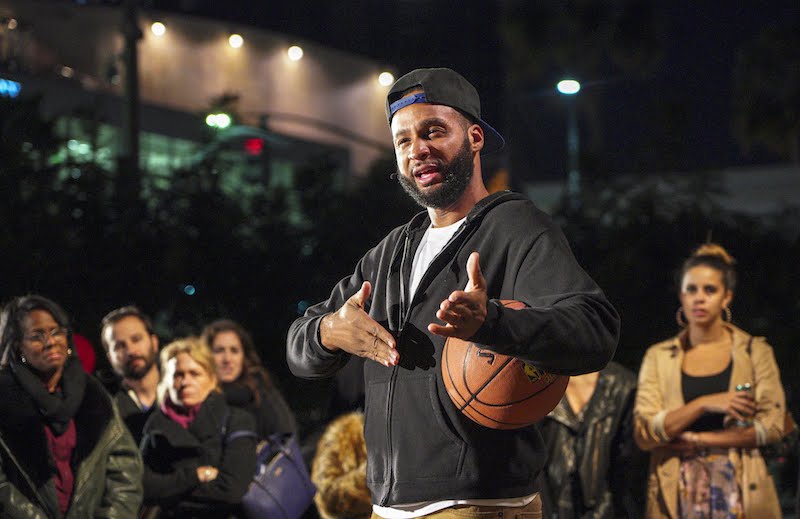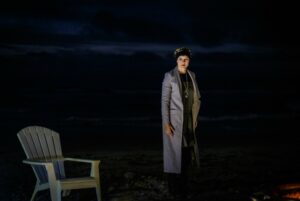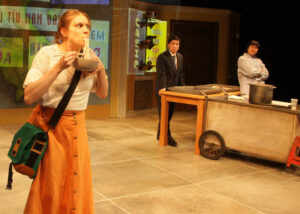[ssba]

BEVERLY HILLS, CA. Nov. 14, 2018. The Bitter Game, based on playwright/actor Keith A. Wallace’s youth in Philadelphia, this multi-character performance tackles issues ranging from police violence, coping with Trauma, and the value of Black Lives. This traveling theater experience takes place outdoor on The Wallis Promenade Terrace at THE WALLIS ANNENBERG CENTER FOR THE PERFOMING ARTS. (Photo Credit: Lawrence K. Ho)


